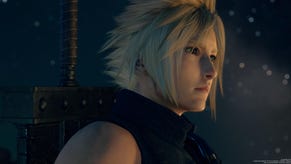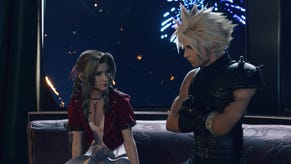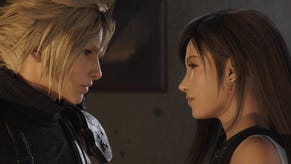Final Fantasy 7 Rebirth review - an overstuffed but lovable re-imagining
Cloudbusting.
Remakes are a precarious proposition. Do too much and you risk losing a fanbase. Do too little and fans question if it was even worthwhile. With a game as iconic and beloved as Final Fantasy 7, the risks are gigantic. This new trilogy, based on the PlayStation classic, is proving to be less remake and more a re-imagining of the original, a reinterpretation - a rebirth, if you will. But how do you balance old and new? How far can the boundaries of this story be pushed?
These are the sorts of meta-narrative questions Final Fantasy 7 Remake posed. In that game's brand new finale twist, Cloud and co battled the physical embodiment of fate to break away from destiny and carve a new future. It was seemingly a message from Square Enix: just like Cloud, its developers wouldn't necessarily be sticking to the script. Now in Rebirth, it appears both parties are wrestling with their decisions as the game attempts to answer the ultimate philosophical question: why should it exist?
I've also wrestled with these thoughts. FF7 was the first Final Fantasy I played and remains a favourite. But am I too protective of the original, too invested in my own nostalgia? When changes are made, should I bemoan the difference or relish something new? Over time, I've come to appreciate the developers' desire to not simply repeat the same story and release a near-identical product, but steer it in a new direction - for better or worse.
So while this is still deep down the same Final Fantasy 7 with its science experiments and cover ups and cosmic events and conspiracy theories, it's also a fresh experience - albeit one that's overstuffed in a bid to please. By its close, it buckles somewhat under the weight of the original's legacy as a groundbreaking game with a seminal twist that, in 1997, shocked the world.
Anyway, enough of all that heavy stuff. Let's talk about Chocobo Racing. Upon reaching the kitschy glamour of the Gold Saucer amusement park, this minigame unlocks, though it's more a game-within-a-game. There are tons of tracks to race through. There's boost drifting and special abilities. You can deck out your chocobo in silly cowboy hats and armours to vary their stats. It's like the now defunct Chocobo GP game is stuck inside Rebirth. And it's awe-inspiring how many remixes of the chocobo theme tune there could possibly be. It's too easy to win, but it's a lot of fun.
Forgive me the segue, but that sort of tonal shift is indicative of this toy box of a game that's messy but loveable. It continues the story of protagonist Cloud Strife and members of the eco-terrorism group Avalanche as they chase down the assumed-dead war hero Sephiroth and thwart the omnipresent Shrina Electric Power Company that's sucking the planet dry of its natural resource, Mako energy. As an allegory for fossil fuels and destroying our own planet, the narrative is as prescient as ever. And if all that is lost on you, there's a handy recap video at the start of the game - though honestly, Rebirth is not a starting point for the series, as much as Square Enix may state otherwise.
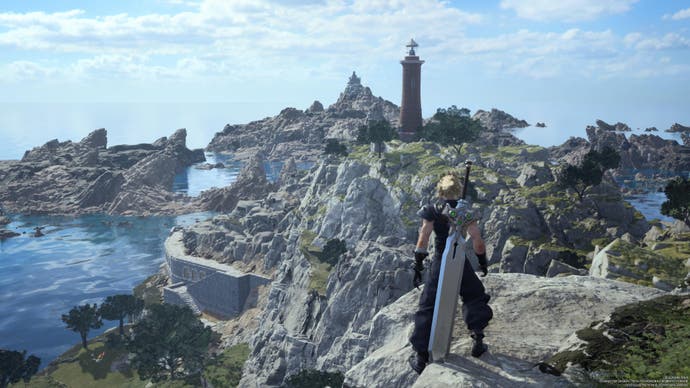
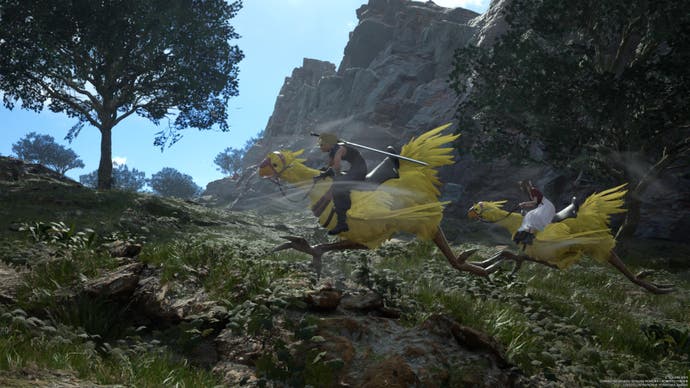
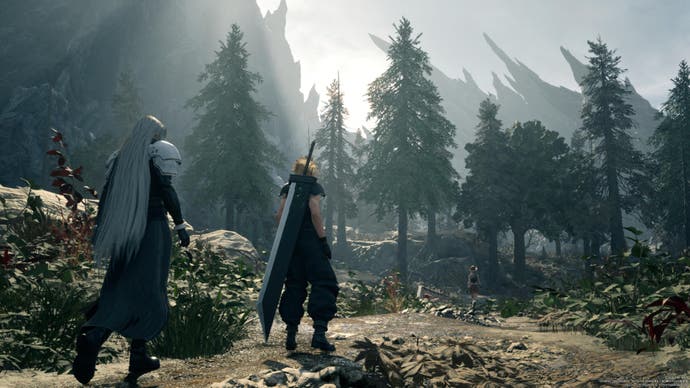

As part two of the remake trilogy, Rebirth begins soon after the events of Final Fantasy 7 Remake and comprises the majority of the original game's second act, closely following each key story beat or location and expanding into lengthy episodes. So far, so familiar. Progression is linear, but the world is divided into six open areas connected by dungeons and events players can freely explore. So while Rebirth covers a specific section of the original game, there's an almost excessive amount of stuff to do to flesh this out into a complete experience in its own right.
The result is a rich, lavish remake full of attention to detail and generous to a fault. Chocobo racing is just the start. One minute you're battling fiends, then you're herding mischievous moogle, serenading a group of cats on piano, or competing in Rocket League and Fall Guys competitions. The game is constantly reinventing itself with its minigames and quest design, which had me both gleefully giggling away and distracted by each new shiny toy.
Let's take the Gongaga region as an example. In the original game, it's an optional location made up of a handful of screens. In Rebirth, it's expanded into an entire maze-like jungle region with a Mako Reactor dungeon. As with every region, it's possible to mainline story quests, but exploration is rewarded. Climbing towers highlights further activities on the map, from summon crystals to activate and rideable chocobo to capture, to combat missions and an ongoing side quest that changes up gameplay in each region. Some of this is repeated fluff, but it's usually worthwhile for the various rewards - even if it's just world context.
More meaningful are the story-driven side quests each tied to a party member to enrich their characterisation and deepen relationships - literally, in the form of a new relationship system. This serves to make feelings explicit and really cement connections between the characters much more than the original ever did, leading towards the famous Gold Saucer date scene. These quests can be quite unexpected too: one in Gongaga had me rounding up chickens for an old woman. It was simple enough, despite the horrendous controls, but the denouement was deliciously dark.
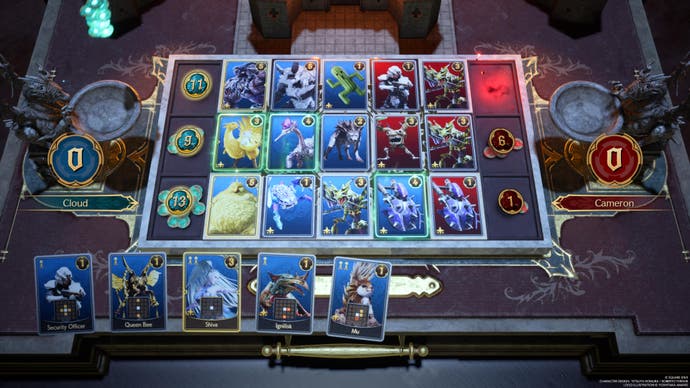

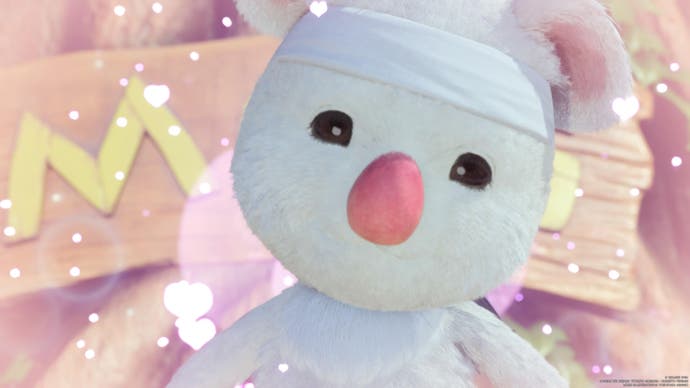
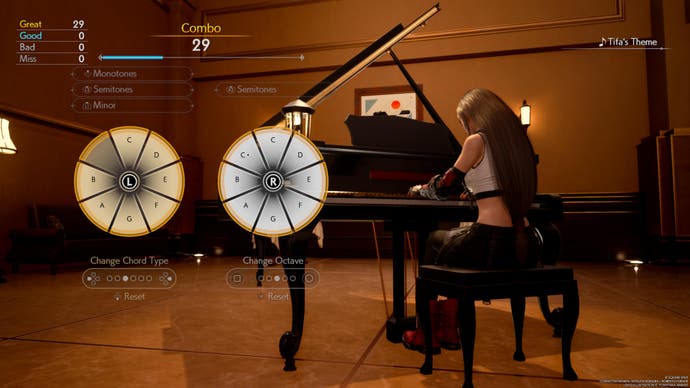
All of this provides more reason to explore outside the main quest and for fans to relish this world and their place in it. There's a simple joy in seeing the sparse greens and blues outside the city of Midgar now fully realised. The idyllic grasslands stretch out in luminous greens by comparison to the nightmarish, polluted metropolis, while reactor areas have bright Mako energy spurting from the ground like oil. And the music! The diverse and catchy soundtrack flits from orchestration to heavy metal to funky, infectious J-pop. The classic battle theme pumps up intensity in major fights, and when familiar melodies weave into the score as leitmotifs, it's incredibly moving.
The change to an open world also allows combat to thrive. It builds on the action-strategy hybrid of Remake - itself a twist on the original's famous Active Time Battle system - with real time attacks raising the ATB gauge, which in turn is spent on unleashing abilities in a paused menu. Synergy attacks are the big new addition. These reward frequent switching of characters with paired attacks that are big on spectacle - though they only prove useful during longer boss battles. Elemental weaknesses, summons, and classic limit break moves all add layers of strategy to a battle system that's as satisfying as it is flashy, though even compared to Remake it leans further into action. Blocking and dodging are more important than ever, with one late-game boss providing a real difficulty spike.
The original game's Materia system also returns, allowing magical orbs and attribute boosts to be slotted into equipment. There's little need to tinker too much in building each character individually (at least on normal difficulty) as the addition of unique weapon skills and collectible Folios with even more abilities piles on customisation options. There's depth for those who crave it - and I'm sure the unlockable Hard Mode will require full knowledge of every system - but it's also entirely possible to skim over these details in favour of storytelling.

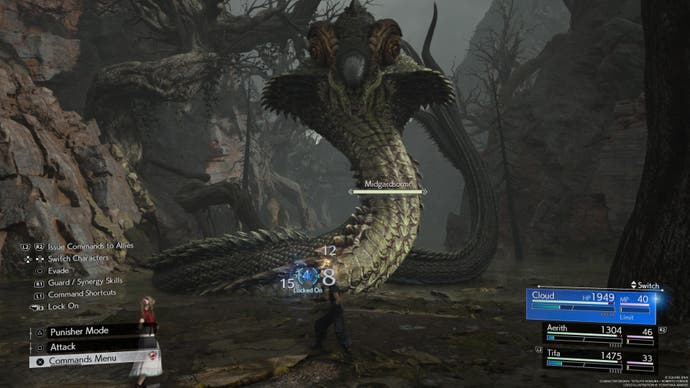
The game leans heavily, and pleasingly, into the bizarre and the flamboyant. Final Fantasy 7 has always been emo but eccentric - and now it's even more so. There's eco terrorism and science experiments gone wrong, but also talking animals, homoeroticism between the lead and his nemesis, and giant rideable chickens that fart jet-propelled water. Take the new card game Queen's Blood, one of Rebirth's best new additions. It's FF8's Triple Triad by way of Gwent and it has you battling in tense duels to win power over the board, with opponents becoming increasingly outlandish, from a man who won't stop crying, to a clockwork robot, a country singer, and even a dog. One minute the protagonists might be taking part in a high-stakes card tournament, the next they're battling an infestation of insect-like abominations. In this world, a card game is just as dramatic as a boss fight.
Yet fun as they may be, the density of minigames and side offerings in the open world does detract from the urgency of the main plot. I loved the array of shiny minigames and lapped up small characterful moments, but I also cared less about the central plot as a result. Yes, the world needs saving but Sephiroth will have to wait, I'm too busy playing cards again.
Some moments are wonderfully modernised to add to the realism. The Mythril Mines are an actual mine this time, for instance, and Cosmo Canyon is a sort of hippy eco-warrior commune. Plus there's the pageantry of the most elaborate set-pieces that heighten the best moments from the original. The Junon military parade is now a flourish of a rhythm game to really highlight the pomp. And as for the hip-thrusting theatrics of the Gold Saucer...I shall say no more - it's magic!
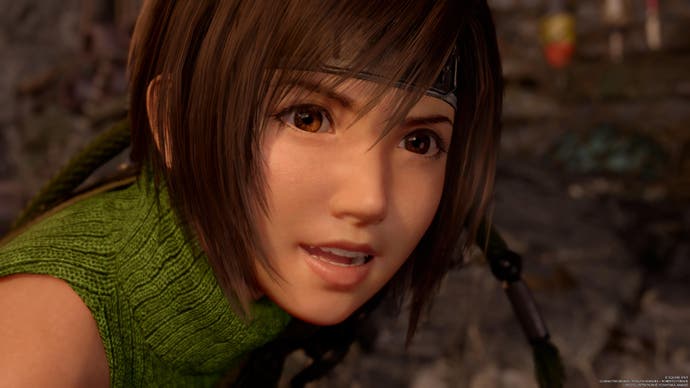
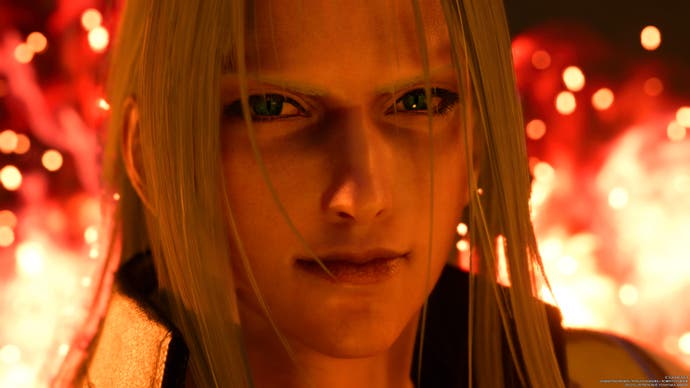

Other moments, though, unnecessarily elongate the plot and disrupt its pacing. Square Enix loves to slam the brakes with forced slow sections, be it stealth, simplistic puzzles, or choosing which beach outfit to wear. One particular section adds extra backstory that was never really required and feels forced as a result. Moments like this take away from the mystery of the game through over-explanation - we're no longer filling the blanks between spiky polygons, the story is instead made explicit.
A more fundamental issue, though, is the structure of the narrative. It's episodic in nature, a series of character vignettes that allow the full ensemble to shine. But it also lacks drive. It's one long crescendo towards a singular climactic moment I'm not allowed to spoil. The writers are beholden to it, consumed by it. The game toys with your expectations throughout with knowing nods in the script and a drip feed of foreshadowing to keep players hypothesising as to the ultimate fate of these characters. The "will they won't they" guessing game is a background constant that muddies the core plot. And ultimately, not a lot happens, owing to a frustrating push-pull between moving the plot along and stalling to hold something back for the trilogy finale - a key flaw of this splicing into three parts. A satisfying and concise plot is swapped for forced convolution that eventually borders on schmaltz and self-indulgence.


Yet what's most striking - and what really ties the game and everything in it together - is its playfulness, its humour, its characterisation. It presents the most likeable Final Fantasy party in series history, offering flawed and layered characters, yet Square Enix isn't afraid to make them look silly and undermine their actions with bathos, physical comedy and repeated in-jokes. Cloud the stoic soldier thrust into uncomfortable situations. Gun-toting muscle head Barret in a sailor outfit. Red XIII awkwardly riding a chocobo, awkwardly climbing a ladder, or attempting to swim.
Rebirth is frequently, unexpectedly funny, but it's not an outright comedy game - it's just one with heart. Between the jokes there's past trauma and emotional baggage that unravels over the course of the narrative, resulting in deeply emotive human drama amplified by expressive character faces. John Eric Bentley's turn as big softie Barret is particularly moving, while previously sidelined characters like the overly bubbly Yuffie and one-note comic relief Cait Sith now feel well-rounded. They all bond and bicker as a family - like the game itself, they're messy but lovable.
So while the desire to remake this iconic classic has resulted in an uneven, elongated experience that's bulkier than a fat chocobo, the focus on characterisation is where Rebirth really justifies its existence. It's an opportunity for fans to deepen their feelings for the cast. There are some divisive changes to debate, but for me the good outweighs any issues as deep down Rebirth does enhance the tone and mood of the original game. For all its cosmological and world-ending drama, it offers warmth and tenderness, its world bustling with detail and culture and extravagance, yet still full of pain. More than ever, this is a world that deserves saving.
A copy of Final Fantasy 7 Rebirth was provided for review by Square Enix.
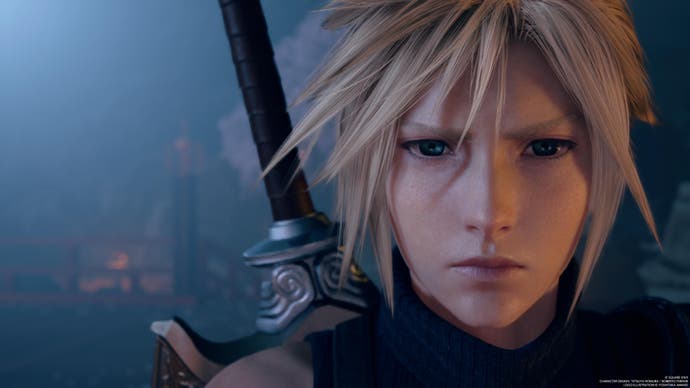


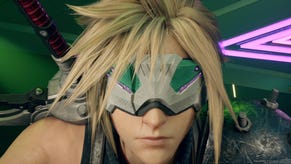

.png?width=291&height=164&fit=crop&quality=80&format=jpg&auto=webp)
